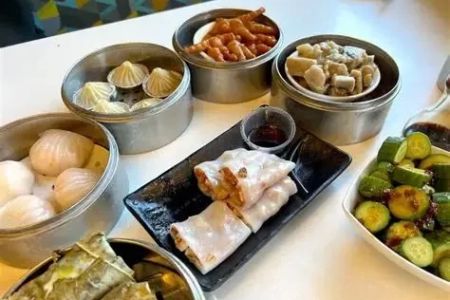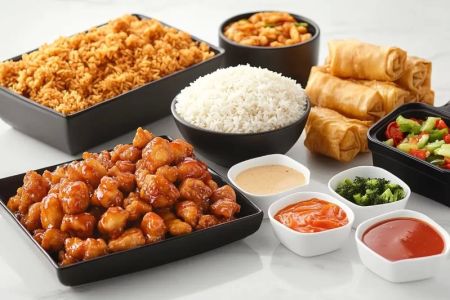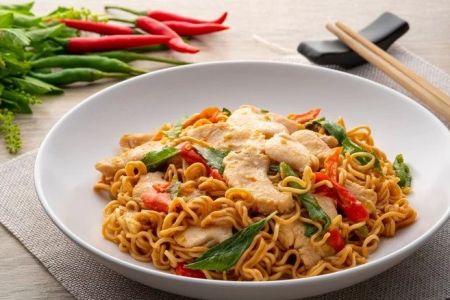- 1-chinese-restaurant-menu-pricing-strategies-understanding-the-importance
- 2-analyzing-costs-and-competition-for-menu-pricing
- 3-psychological-pricing-techniques-in-chinese-restaurants
- 4-balancing-profitability-and-customer-value-on-your-menu
- 5-leveraging-specials-and-combo-meals-for-better-sales
- 6-real-world-examples-and-insights-from-chinese-food-industry
Analyzing Costs and Competition for Menu Pricing
Before setting prices, it’s essential to analyze all costs involved, including ingredients, labor, overhead, and utilities. For Chinese restaurants, ingredient sourcing can vary widely depending on authenticity, quality, and seasonality, affecting pricing decisions.
Competitor analysis helps position your offerings effectively. Understanding local market prices, customer demographics, and competitor strengths allows you to price dishes competitively without sacrificing margins.
Balancing cost analysis with market insights is key to creating a menu that’s both profitable and attractive.
Psychological Pricing Techniques in Chinese Restaurants
Many Chinese restaurants leverage psychological pricing to influence customer choices. Techniques such as charm pricing (e.g., pricing dishes at $9.99 instead of $10), menu engineering to highlight high-margin items, and strategic placement of popular dishes guide diners subtly toward profitable selections.
Color, font size, and dish descriptions also play roles in perceived value. Offering “chef’s specials” or highlighting authentic regional dishes can justify premium pricing while enhancing customer experience.
These techniques, when applied thoughtfully, improve sales and customer satisfaction simultaneously.
Balancing Profitability and Customer Value on Your Menu
Striking a balance between profitability and perceived customer value ensures your pricing strategy encourages repeat visits and positive reviews. Overpricing risks alienating customers, while underpricing can erode margins and brand perception.
Chinese restaurants benefit from offering diverse options that cater to various budgets, including affordable lunch specials alongside premium banquet dishes. Transparent pricing and portion sizing help manage customer expectations and enhance perceived fairness.
Continuous feedback and sales data analysis enable ongoing pricing adjustments to maintain this balance.
Leveraging Specials and Combo Meals for Better Sales
Special offers and combo meals are powerful tools to increase order value and attract price-sensitive customers. Combining popular dishes into bundles provides convenience and perceived savings.
Seasonal promotions aligned with cultural events, such as Lunar New Year, create excitement and drive traffic. Specials also allow experimentation with new menu items and pricing without full commitment.
Effective marketing of these deals through signage and digital channels amplifies their impact on sales.
Real-World Examples and Insights from Chinese Food Industry
A well-known Chinese restaurant in San Francisco successfully implemented tiered pricing based on ingredient quality, offering standard, premium, and deluxe versions of signature dishes. This strategy boosted revenue by 15% while satisfying a broader customer base.
Another case from a family-run Chinese eatery involved refining their menu layout to highlight high-margin items and remove low-performing dishes, resulting in streamlined operations and improved profit margins.
Insights like these underline how thoughtful menu pricing can transform business outcomes. For tailored advice and tools, visit Chinese Food to explore expert recommendations and resources designed for your restaurant’s success.







